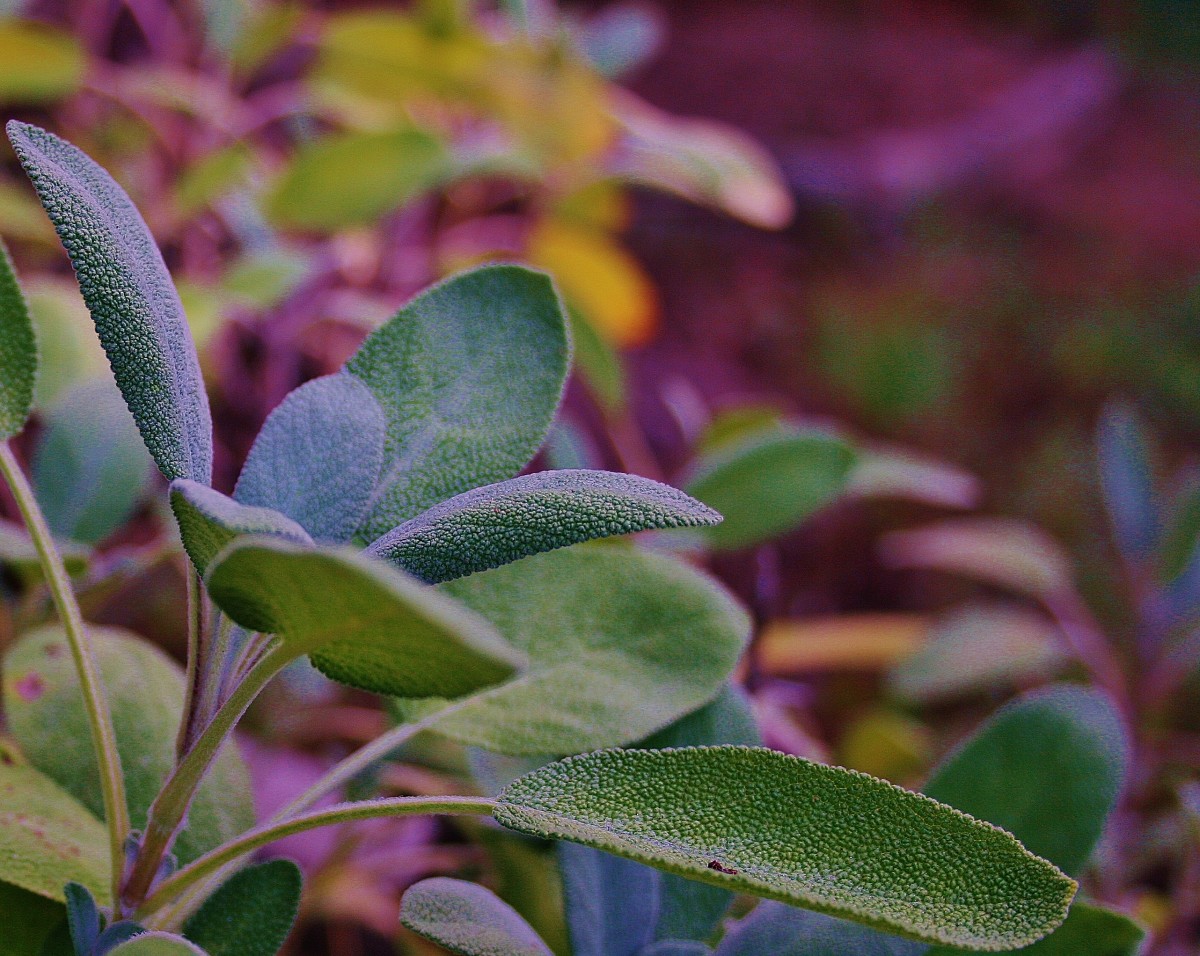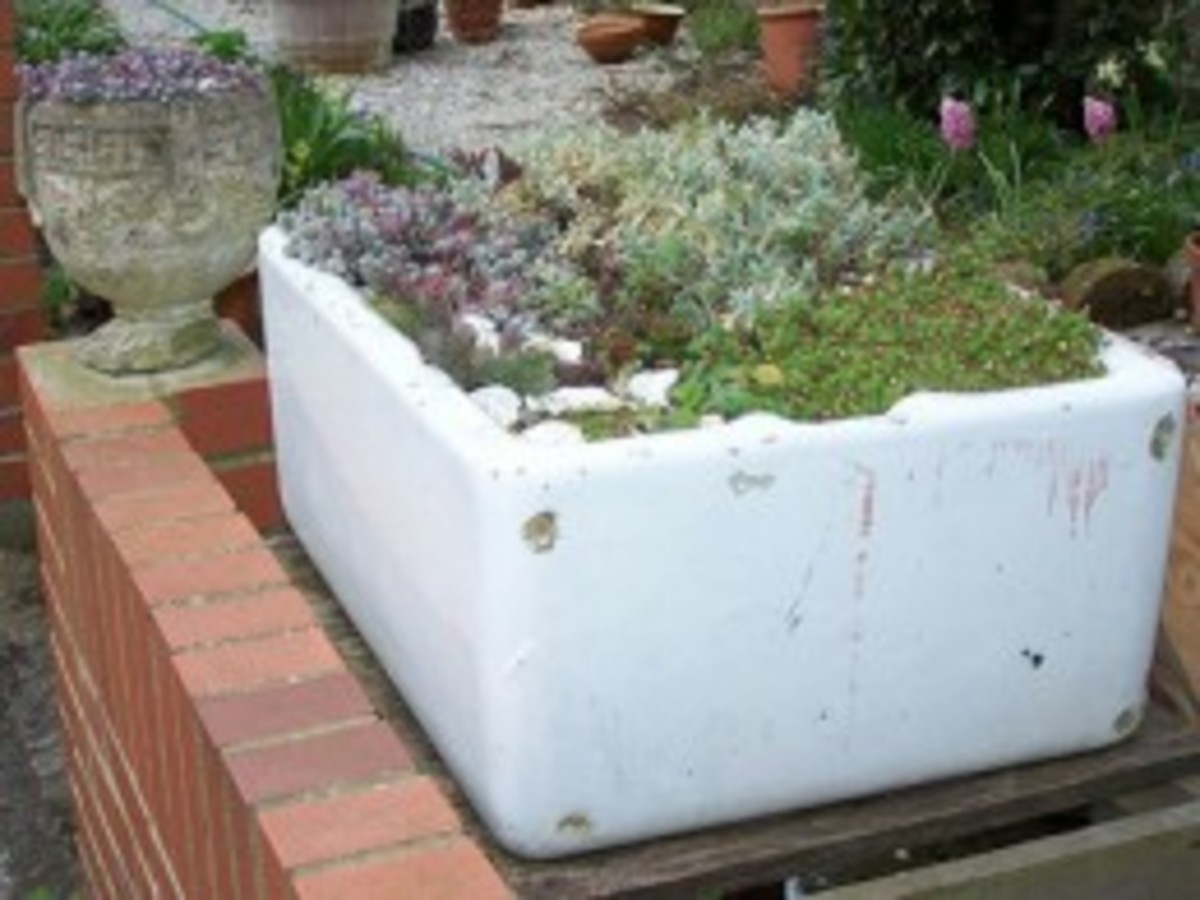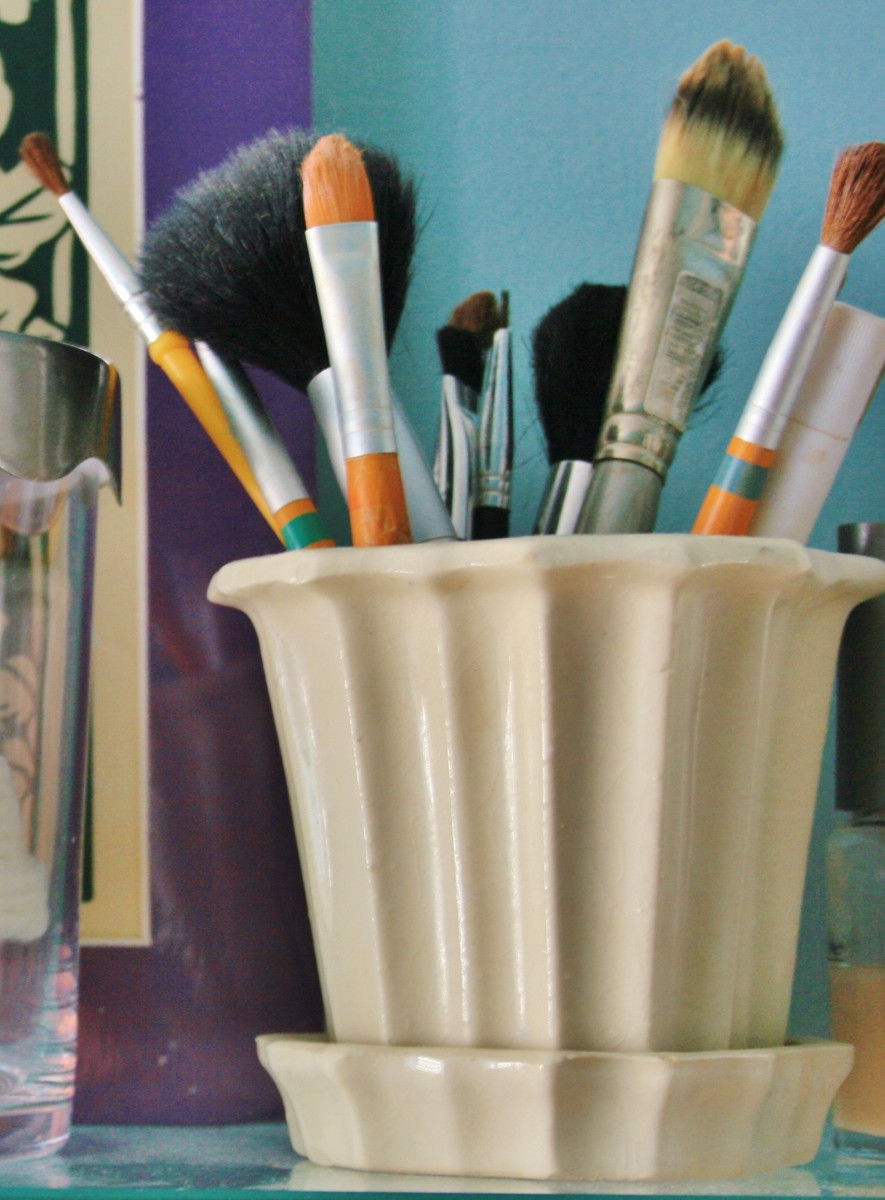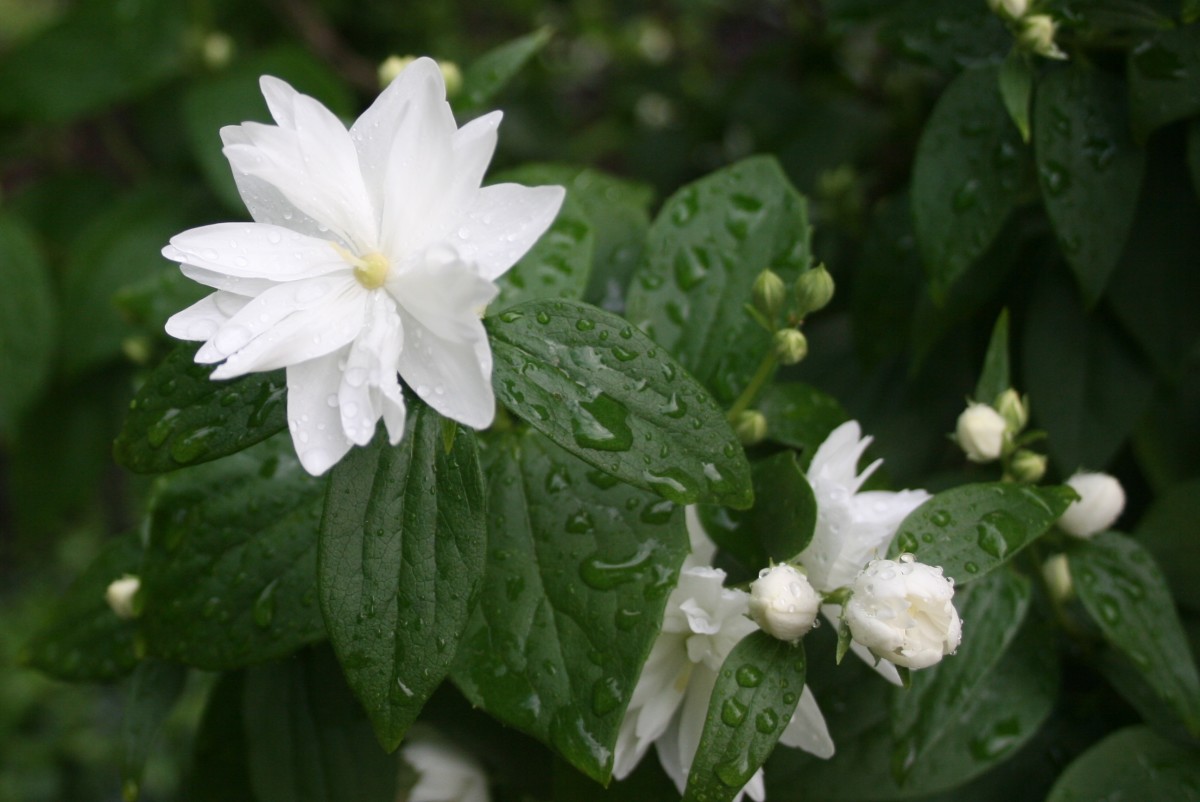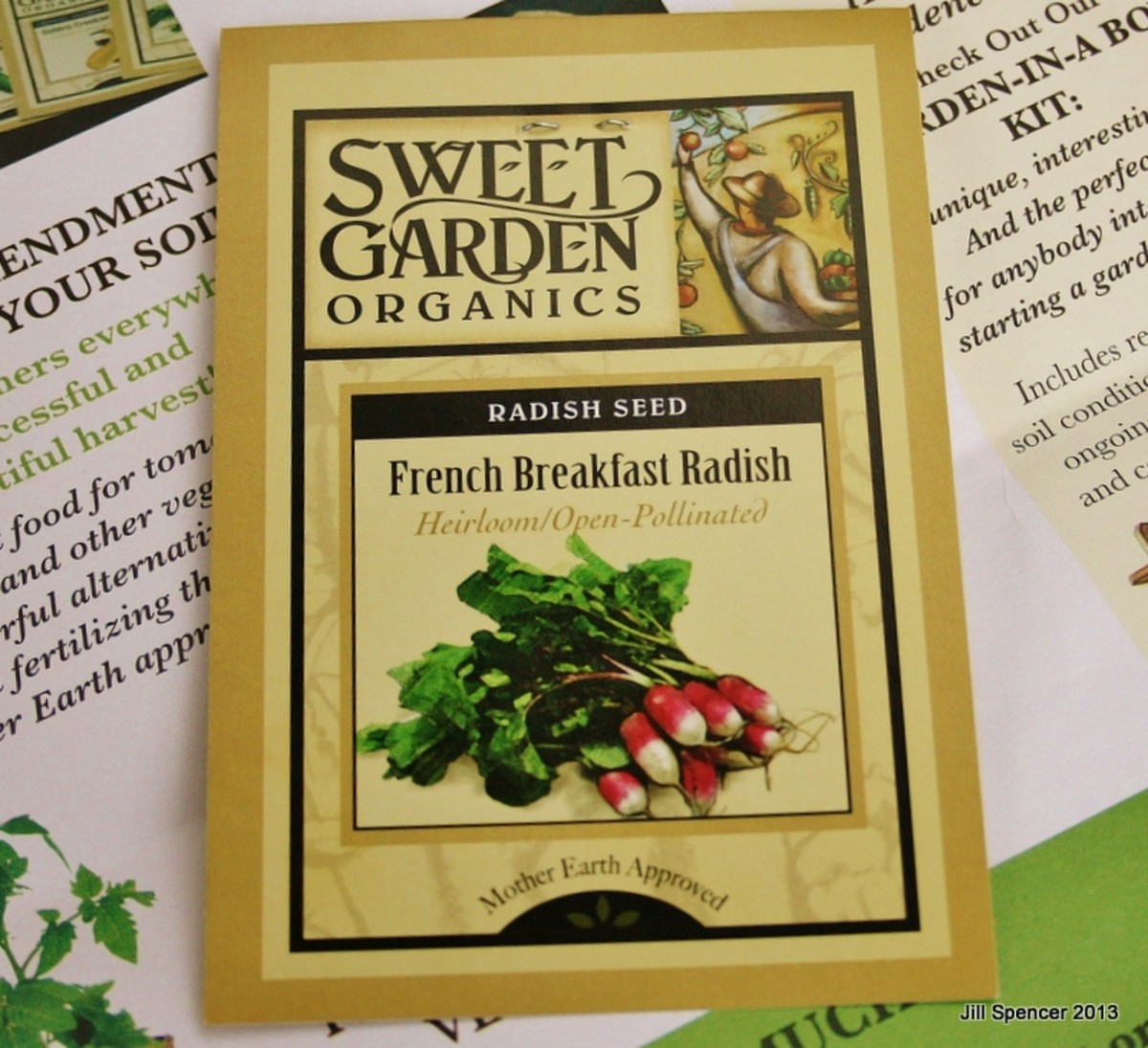The very good side to an overgrown garden

So many people look at an overgrown garden and think they have problem. An overgrown garden is actually a map of the condition of the garden soil and a virtual built in reference to the drainage. Overgrown gardens can also be a lot of fun, if you're prepared to do a bit of non-management and learn from the garden.
What an overgrown garden actually means
Every gardener knows how fickle some plants can be. The carefully tended rose will sit there looking miserable, while everything else goes nuts and grows like mad. Strange, unknown plants will sneak into the garden, flower away happily, and you’re left without a clue as to what they are or why they're there.
This situation can be very good news for gardeners. Instead of the "plant and hope for the best" routine, the overgrowth is providing a lot of useful information.
An overgrown garden actually means that you've got very fertile soil, and that these plants have learned how to find and use drainage. The runaway plants are like a census of the best types of plant for your garden. The types of plants that are doing well are your best indicators for a range of situations.
For example:
- Soft foliage plants doing very well: This means there is a lot of water around them, and the plants have found an ideal location.
- Woody plants doing very well: These are very demanding plants in terms of nutrition, and that means that the soil nutrients are excellent. It also means that the drainage is appropriate for this type of plant, which can in some cases react very badly to excess moisture.
- Flowering plants doing very well: Flowering plants require a range of nutrients almost exactly like those in a good NPK mix. In many cases, a riot of flowering plants, particularly if scattered in different areas on the site, can mean that the plants have colonized an old garden layout, or have created their own garden layout by seeding in good areas over time.
- A combination of overgrowth and bare patches: This simply means that the plants have found the problem areas in your garden. These are the areas you will need to bring up to scratch, and the plants have actually done you quite a favor.
- Wild herbs: These herbs have very well-known growth patterns, including distinct preferences for different types of drainage. The herb like thyme, for example, usually doesn't like getting its feet wet, where something like mint will go looking for the wettest places possible.
How an overgrown garden can save you a lot of work
A bit of research into the highly successful plants in your garden will tell you a lot about exactly what you're dealing with in the environment. Your research will show you the best conditions for the various types of plants which are doing really well. You'll notice that the behaviour of the plant growth patterns is absolutely consistent.
Some plants will colonize areas that no other plant will touch. This sort of layout can save you years looking for the difficult areas in a garden. You can also save you hours and hours of hard work and wasted effort putting in plants that simply won't grow in certain areas.
If a plant is really successful, it's usually best to just let it go, and see how the situation develops. If the plant grows rapidly, obviously you can assume that the plant has found optimum conditions. This is a bit like getting your plants to do your soil testing for you, and if anything it's a more detailed process.
The big Don'ts in an overgrown garden
The big Don'ts really mean don't:
Don't, ever, slash and burn: The worst thing you can do in a garden which has a lot of natural strong growth is to slash and burn. You can actually change the entire environment, and never for the best, with excessive clearing of overgrown plants. Much worse, long-term, you can actually change the soil biota, which is an extremely delicate mechanism of microscopic organisms that effectively controls plant growth in the garden.
Slash and burn can let in pathogens, hostile insects, and in many cases will inevitably allow destructive, opportunistic weeds to establish themselves. If you absolutely must cut the plants back, make sure that their root systems aren't affected and leave plenty of untouched space around them. These highly successful plants will continue to grow well, provided their growth patterns isn't compromised by damage to their immediate environments.
Not slashing and burning also has the advantage of retaining the soil biota, which will replenish itself naturally and manage the soil chemistry for you. Higher organisms like earthworms, bees and other useful insects also won't be threatened by loss of cover or loss of the materials they need.
Don't guess about your drainage: One of the worst mistakes any gardener can make is "digging on principle". Theory has to take a back seat to practice in any garden. The plants know a lot more about their environment than any gardener ever will, and what looks good in theory may not work out in fact. Always be prepared to learn from your plants at every opportunity, and if plants are doing well naturally, take the hint and leave them alone.
The only time you really need to deal with drainage is when there's a lot of surface water or soggy patches which simply never dry out. Remedial work in those cases is okay, because most plants won't like those areas anyway. In some cases you don't even need to deal with drainage, you can simply put in water loving plants like a willow or some mints, anyway.
The "less is better" approach
One of the primary risks in gardening is doing too much work. Every gardener at least once experiences a situation where hours of work has had a negative result.
Overgrown gardens are by definition highly successful gardens.
They don't really need help. Whatever work you intend to do, first consider the possible effects on plants which are doing extremely well. This is a classic case of "If it ain't broke don't fix it", and as a matter of fact your highly successful plants can be used as a base for the growing more plants for transplanting.
Introducing new plants into an overgrown garden
Naturally, as a gardener, you'll want to introduce new plants on at least a spasmodic, experimental basis. The best way to do this is to pay a lot of attention to the growth habits of plants in the areas you intend to plant.
These are the issues you need to consider:
Plants are competitive: Plants with very strong growth habits dominate the area around them. A seedling has almost no chance at all of establishing itself if it is in direct competition with a highly advanced adult plant. The best option is to confine your plantings to areas where you're absolutely sure this situation will not occur.
A strong contrast in types of new plants: If you've ever attempted to put in plants which are in direct contrast with existing plants, you will remember that these situations simply don't work out.
If, for example, you put in a conifer in an area full of soft green foliage plants, you're quite likely to start a war. Conifers are highly territorial, and a tree like a pine tree will put down pine needles which will adversely affect every other plant around them. Conversely, some plants grow in environments which are not suitable for conifers, and the conifer simply may not grow at all.
Overgrown rockeries: An overgrown rockery can be a very complex environment, and the plants that have established themselves will have grown directly into the rockery base. Removing these big tough plants usually isn't a good idea, because their root systems can undercut the rockery, and it's usually far more trouble than it's worth to try giving the rockery a major makeover without consulting them.
It is possible to create spaces within the rockery without doing any significant structural or environmental damage. This is very much a matter of personal taste, but generally speaking it is advisable to consider compromise solutions rather than try to convince established plants how to grow.
New plantings should be very carefully planned out, and if you must dig at all, make sure you know what you're doing and that the soil structure isn't affected.
(Rockery soils evolve over time. topsoils are no indication of the actual state of the soil underneath, because rockeries are raised, and gravity affects the movement of water and soil.)
Fertilizers and overgrown gardens
If you'd like to save a lot of money in a hurry, your overgrown garden can do that for you as well. You don't need to add fertilizer at all. Quite the opposite, you may actually be able to use some of the excess garden soil and leaf litter as compost, provided you don't take too much of it away from the plants.
If you are going to use fertilizer at all, small amounts of seaweed mulch or fertilizer will be quite adequate. A few milliliters in a watering can will be all the plants need. The advantage of seaweed mulch is that it contains a lot of trace elements, and is always useful in difficult growing seasons.
Your overgrown garden can be the basis of a truly fantastic garden if you let it. Remember that it’s the plants doing the growing, not you, and all will be well. Your plants will explain the situation for you, and the overgrowth will give you all the cuttings you could ever wish to have.
Always learn from your garden. Learn properly, and everything is easy.

